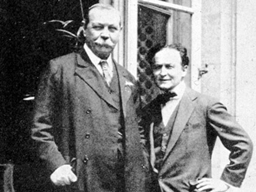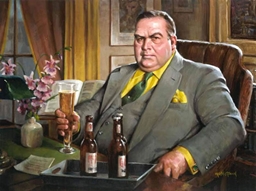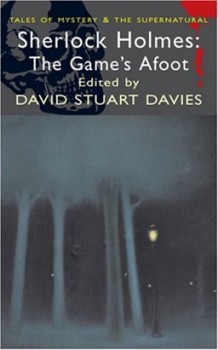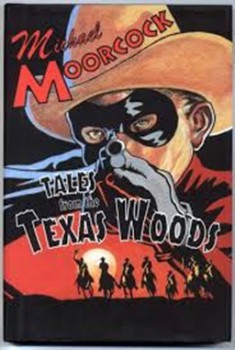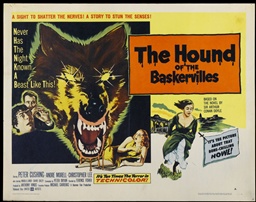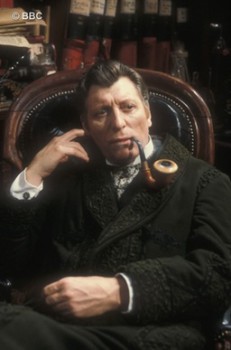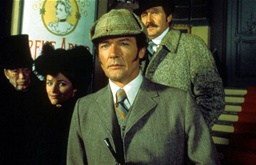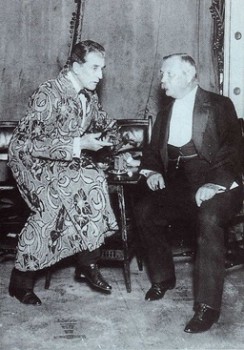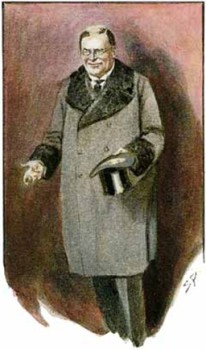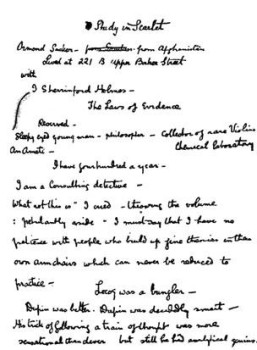The Public Life of Sherlock Holmes: Murder By Decree
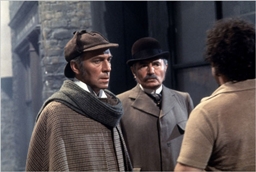
Thanks in large part to Nicholas Meyer’s The Seven Per Cent Solution (book and film), Sherlock Holmes had a revival of popularity in the mid seventies. This resulted in an under-appreciated British-Canadian big-screen effort, Murder By Decree.
The most famous detective had tackled the most famous serial killer, Jack the Ripper, in 1965’s A Study in Terror. Originally conceived as a sequel to Christopher Lee’s under-achieving Sherlock Holmes & The Deadly Necklace, John Neville played a solid Holmes, though saddled with Donald Houston’s doofus of a Watson.
A bit lurid, it’s a good Holmes film, though promoted to appeal to Adam West’s very popular ‘Batman’ TV show crowd (“Here comes the original caped crusader”).
The Ripper File was a book based on Jack the Ripper, a BBC miniseries in which two popular TV detectives investigated the Jack the Ripper case. That miniseries introduced Joseph Sickert and his royal conspiracy theory (later turned into Stephen Knight’s book, Jack the Ripper: The Final Solution) to the world.
Director and producer Bob Clark (whose next film, improbably, would be Porky’s) built his story around The Ripper File. There are several variations of the royal conspiracy theory and Murder by Decree changes some (but not all) of the names and follows one of them.
